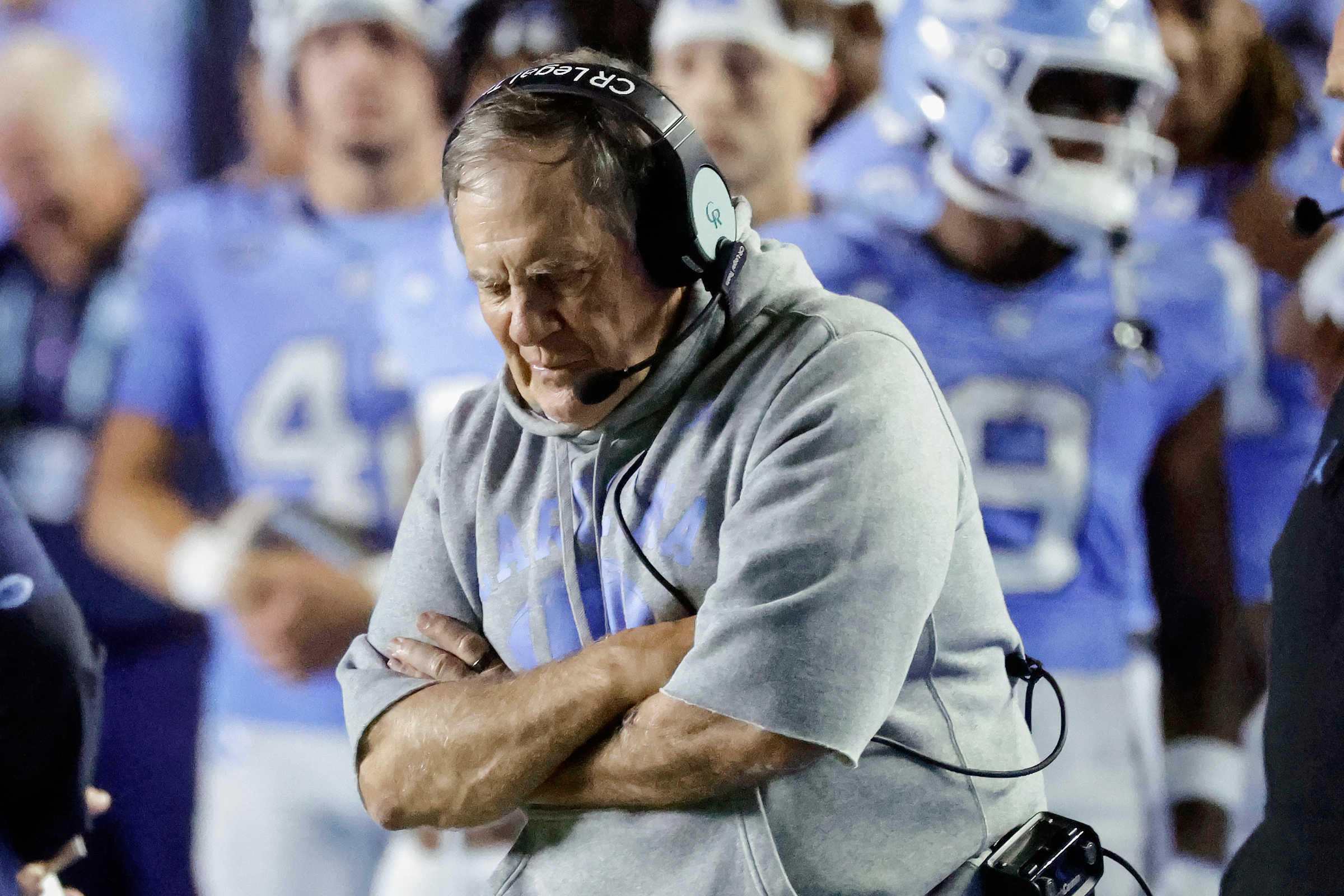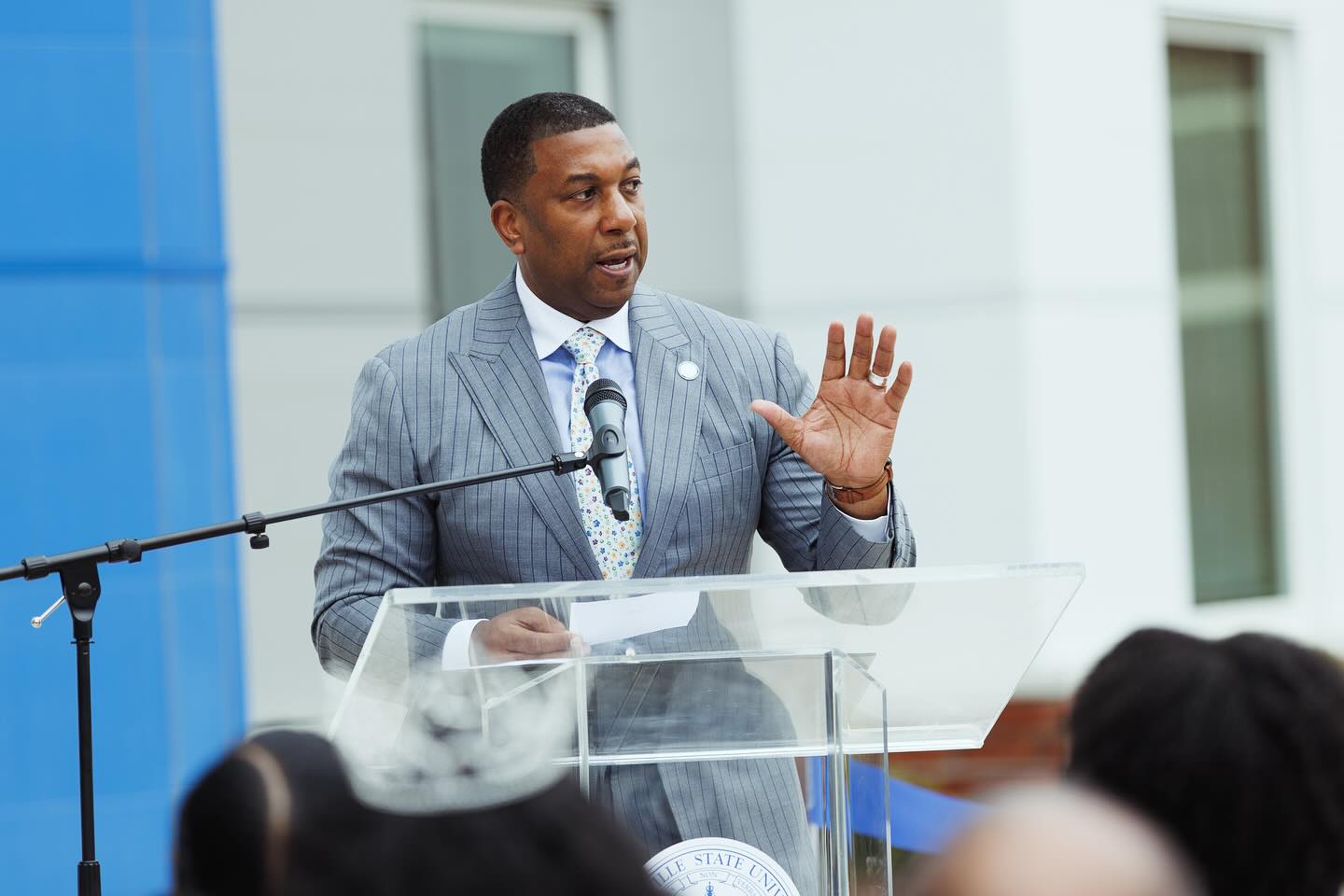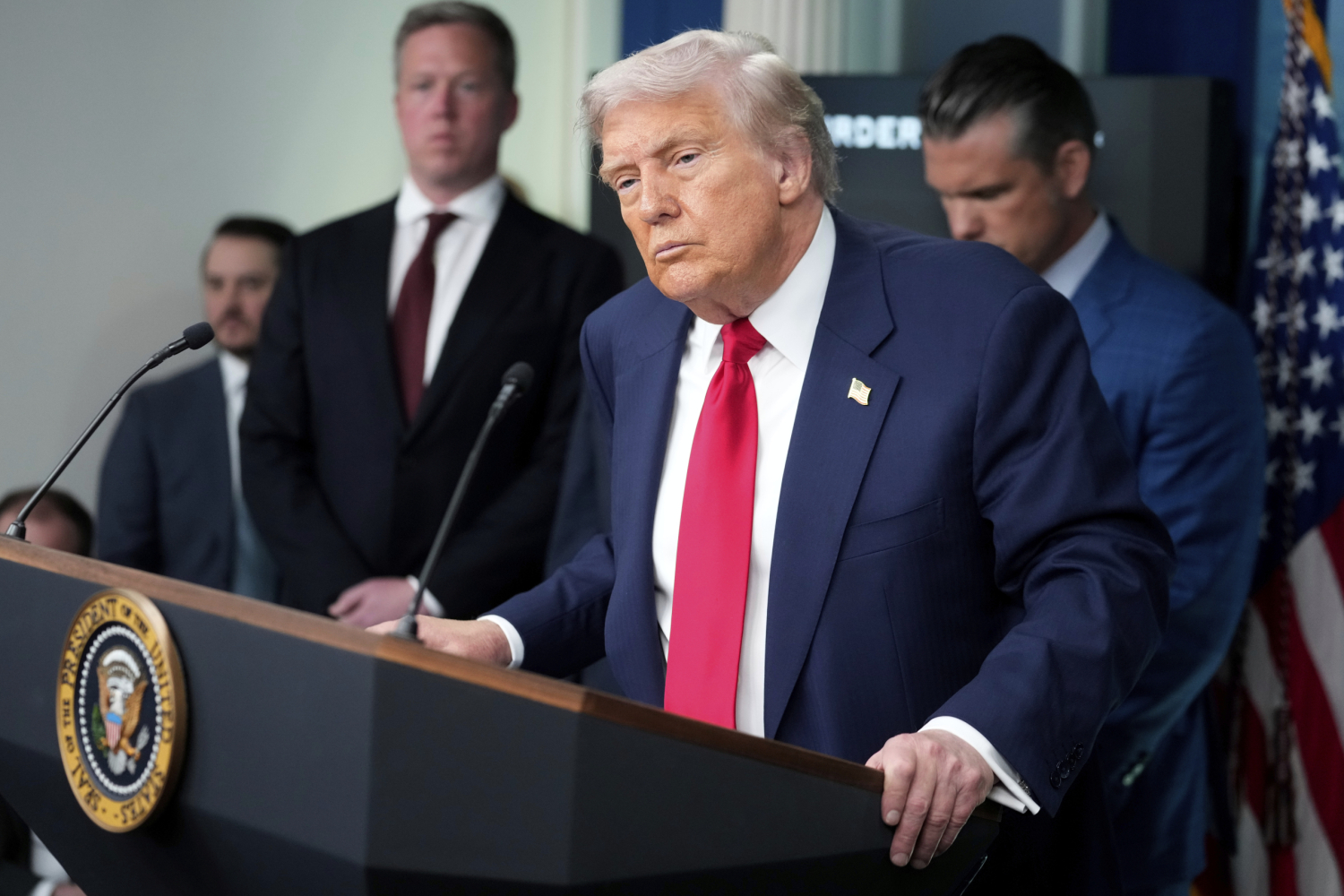By AARON BEARD AP Sports Writer
CHAPEL HILL, N.C. (AP) — North Carolina’s opening-night show under Bill Belichick was a flop. The only good news is there’s little time to dwell on it.
Instead, Belichick’s first college team is hurtling straight from a 48-14 loss to TCU on Labor Day to Saturday’s kickoff at Charlotte, a brisk turnaround for a team with a long list of items on the repair list.
“You can’t particpate in a game like that and not feel like there’s some things you could’ve done better or you’d like to do over again,” Belichick said Wednesday. “Learn from those, move on and get ready for Charlotte. That’s all we can control.
“We need to learn some lessons from what happened in the TCU game. But at the same time, there’s nothing we can do about that one, it’s over with, and we need to move on.”
UNC turned to the 73-year-old coach who won six Super Bowls in leading the NFL’s New England Patriots in a bid to elevate a program beyond decades of also-ran status, including paying Belichick a guaranteed $10 million for each of his first three seasons.
Things began with a brief high point of a crisp season-opening touchdown drive and an immediate defensive stand. What followed was a gamelong descent that picked up speed on the way to a third-quarter crash that emptied out a packed Kenan Stadium well before the final period, all coming with the eyes of the college football world locked on Chapel Hill.
Belichick said the goal now was to move past the TCU loss “as fast as we can” and sort out what works, what doesn’t and what can improve quickly.
“I think as a coach you always try to do what’s best for your team, period, whatever that is,” Belichick said. “So you try to put players in the best position you can put them in. That’s your job as a coach.
“That’s what I’ve always tried to do, is give my players an opportunity to go out there and play well and do things they’re confident in doing and capable of doing. I’d say based on Monday night, I need to do a better job of that.”
By the end, UNC had given up the most points in an opener in program history. The Horned Frogs also posted the highest score allowed by a Belichick-coached team at any level going back to his 29-year run as an NFL head coach, the previous high being 47 points against the Buffalo Bills in a 2021 wild-card playoff game.
TCU scored 41 straight points after falling behind 7-0. That also created a rare scenario: there had been only four games in Belichick’s 511 NFL regular-season and playoff games that he had trailed by at least 34 points.
One of those was a 41-14 loss at Kansas City in September 2014, prompting Belichick’s famous “We’re on to Cincinnati” repeated response to reporters’ questions in a year that ended with the Pats winning title No. 4 under Belichick.
Belichick wasn’t nearly as terse Wednesday, giving thorough responses to questions about how the Tar Heels can move forward and what’s next. His players were following his lead, too.
“Man, we just move forward,” linebacker Khmori House said.
“Just turn that next page,” running back Caleb Hood said. “Put TCU to bed, that was last week, and control what we can control.”
Belichick shrugged off the question about whether his players could have wounded morale or confidence based on the jarring result, which stood in stark contrast to the buzz teeming through campus in the days leading up to the opener and that night in Kenan.
He could point to cleaning up problems that led to TCU scoring on a pick-six and a scoop-and-score for a pair of defensive touchdowns as examples of self-inflicted wounds. He could also point to a line of execution failures that compounded as TCU took over, from the Tar Heels managing just 139 yards on 42 plays (3.31 per-play average) after their game-opening TD drive to TCU finishing with 320 more yards (542) overall.
Rather, he pointed to the idea that every game is “an opportunity.” The test is finding out how this team responds to that message.
“We’ve spent a lot of time together and practiced a lot together, met together a lot, going back to February and January, whatever,” said Brian Belichick, Belichick’s son and UNC’s defensive backs/safeties coach.
“We’ve built up a lot of confidence in each other and trust in each other. The game ends up not going the way we want and I said it to some of the guys yesterday: ‘One night doesn’t define any of us.’”










